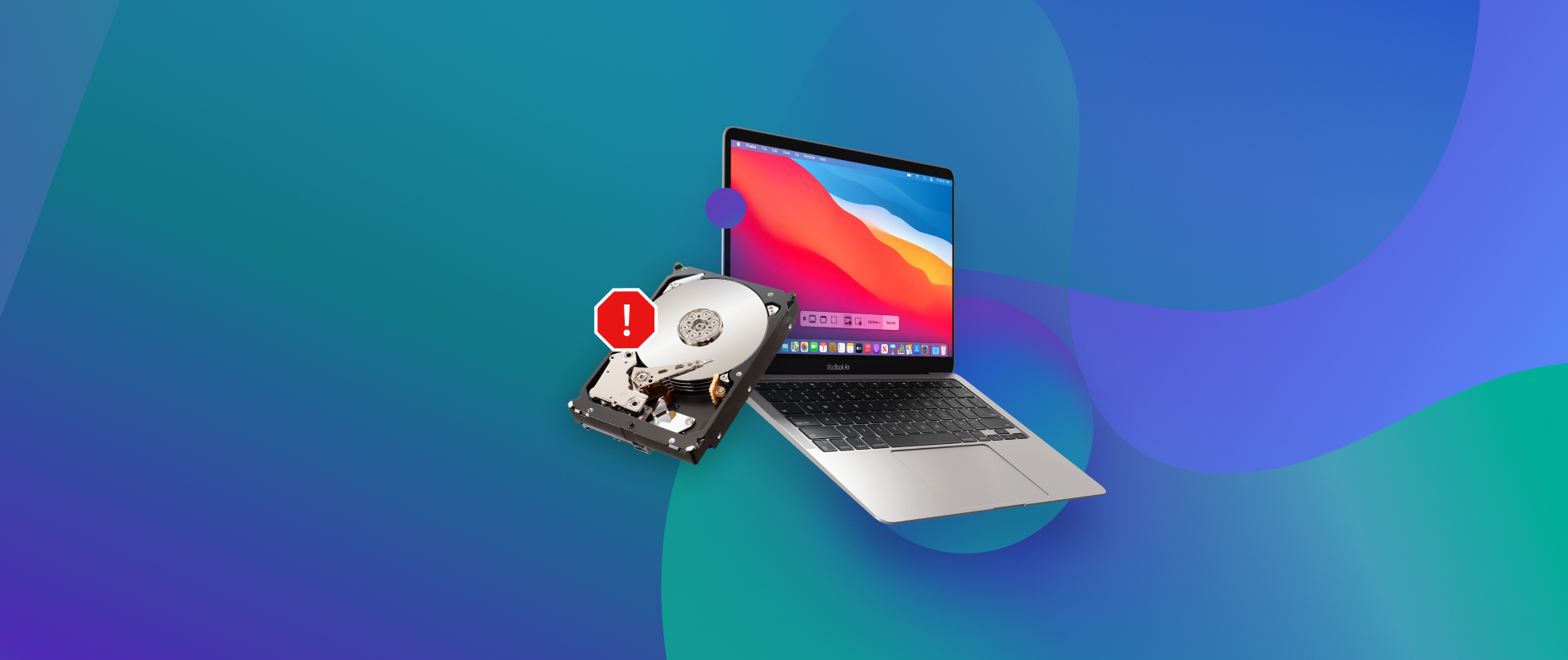
- HOW TO FORCE MOUNT HARD DRIVE MAC INSTALL
- HOW TO FORCE MOUNT HARD DRIVE MAC SOFTWARE
Viewing the system's physical information Once installed you can browse to System > Network and File Systems > To mount hard disk partitions, you should have a basic understanding of the information below. Use of arios automount or mount manager not recommended) (NOTE: psydm removed from repositories in 12.10 and presumably beyond - see.
HOW TO FORCE MOUNT HARD DRIVE MAC INSTALL
The third - simple - method is to install the pysdm package (in Gutsy) and then use System-Administration-Storage Device Manager without any manual editing of the fstab file, and disregard most of the instructions that follow. The second method, for versions 6.06 and later, is described at MountingWindowsPartitions. This sounds more complex than it really is.
The first method is manually editing Ubuntu's filesystem table. Of course, needs to be adjusted to the correct UUID of your partition, e.g., 1313-F422 in this example.įrom the Ubuntu dash (click logo in top left) find startup applications or press Alt+F2 and type gnome-session-propertiesĬhoose a name, paste in your command and push the Add button To keep the folder structure consistent an alternative command can be used that takes care of the correct mountpoint automatically: udisksctl mount -block-device /dev/disk/by-uuid/ The partitions mounted by nautilus can be found in /media// with being the current logged-in user. Of course you need to replace 1313-F422 with the UUID of the device you want to mount.Īgain, this will mount your partition in /media/ which is not consistent with how nautilus mounts partitions. You can now determine the command you need for mounting the device by UUID. Type ls -al /dev/disk/by-uuid/ you will see an entry that matches the name you saw before: A UUID will remain the same if you put an internal disk into an external USB caddy, or change the name of the partition. A UUID is a globally unique name for the partition. HOW TO FORCE MOUNT HARD DRIVE MAC SOFTWARE
It's possible for this to happen just from a software upgrade.

Ī device name like /dev/sdb1 is based on where your physical drive is plugged in and the order the drives were made available to the computer, so if your computer changes the same command could mount a different partition. dev/sdb1 on /media/My-Happy-Disk type vfat. You should see a line with your disk name on it like:
Open your partition in nautilus (this makes sure it's mounted). Read below to find the uuid of your partition.įinding the device name of your Partition The command will mount /dev/sdb1 in /media/ where is the identifier of the particular partition. The bit after -mount is the device name of the partition you want to mount. For example: /usr/bin/udisks -mount /dev/sdb1 You can do the same thing on the command line with the udisks tool. When you mount a disc normally with the file browser (nautilus etc) it mounts disks by interacting with udisks behind the scenes. 
This is the modern replacement for gnome-mount. Systemwide mounts (/etc/fstab) can allow access from before login, and are therefore much more suitable for access through a network, or by system services.Ĭommands should be entered on a terminal (Type terminal in the program launcher of recent unity based Ubuntu releases, or select Applications -> Accessories -> Terminal from the menus on older releases). Per-user mounting does not require root access, it's just automating the desktop interface. Systemwide mounting (anywhere, often under /mnt)


Unmounting a partition to prevent unwanted access. Viewing the system's physical information. Finding the device name of your Partition.








 0 kommentar(er)
0 kommentar(er)
